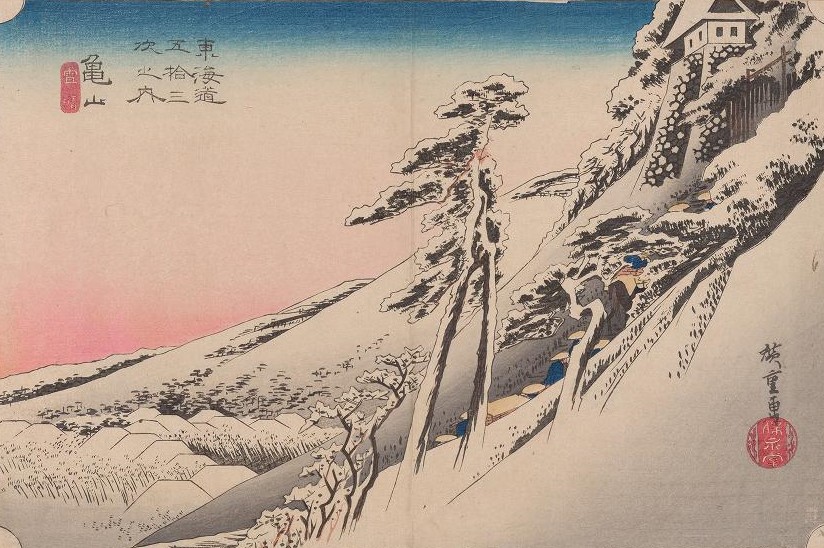Gleanings of the Week Ending October 26, 2024
/The items below were ‘the cream’ of the articles and websites I found this past week. Click on the light green text to look at the article.
A new era of treating neurological diseases at the blood-brain-immune interface – Investigating the connection of neurological diseases and a toxic immune reaction caused by blood that leaks into the brain….in particular, how fibrid (a blood protein) is responsible for setting of this detrimental cascade.
Antifungal resistance is not getting nearly as much attention as antibiotic resistance – yet the risks to global health are just as serious – Just as with antibiotics for farm animals, tons of fungicides are used annually to protect crops, of which some work the same way as antifungals used in humans. And just as bacterial resistance develops…fungi develop resistance too. Combating drug-resistant fungal infections is a complex problem. An important factor is that diagnoses of infections are often delayed – if they are even diagnosed at all. Simple tests for fungal infections are rarely available.
Nikon Small World Contest Celebrates 50 Years of Photographic Excellence Under the Microscope – Great images….the natural world that we can see only with assistance…an art form too.
So Last Season: The Environmental Impact of Fast Fashion and Textile Waste Exports - The last ten years have seen a dramatic increase in the production of single-wear garments—which has contributed to an excess of textile waste and consequent health impacts for the individuals who work in the textile manufacturing industry. Every aspect of the creation of fast fashion garments is unsustainable, from the creation of plastic-derived textiles to the construction of pieces by underpaid and overworked exploited laborers. Up to half of American textile waste is shipped to nations overseas. Adopting more sustainable wardrobe practices not only helps us move away from fast fashion, but also significantly lowers our individual carbon footprints and waste production.
Plastic pollution harms - Nano- and microplastic particles (NMP) are increasingly polluting urban and rural landscapes, where bees and other beneficial insects encounter them… it can damage their organs and cause changes in their behavior, preventing them from properly performing ecosystem services such as pollination and pest control.
British Ecological Society Photo Contest Celebrates the Breadth and Beauty of the World’s Biodiversity – I liked the variety of selections in this photo contest.
Introducing Six Steps to Calm: Our science-backed, stress-busting email course – From BBC…I subscribed…plan to take the course!
Your diet can change your immune system — here’s how - There is still much more work to do to unpick the effects of specific diets on the immune systems of those with different health conditions. However, a growing group of immunologists are optimistic that the mechanistic insights they are uncovering are the first steps towards personalized diets for a range of medical conditions.
US air pollution monitoring network has gaps in coverage - Most of the harmful effects from outdoor air pollution in the U.S. are linked to inhalation of fine particulate matter (PM). These suspended particles, like soot or liquid aerosol droplets, are smaller than 2.5 micrometers in diameter, garnering the designation PM2.5. In February 2024, to better protect Americans from health burdens caused by inhaling particles, the EPA adopted a more stringent standard for PM2.5. The EPA tracks compliance with air pollution standards through a network of about 1,000 costly and highly accurate monitoring stations placed in cities and towns nationwide. People of color and people with low socioeconomic status living in the U.S have fewer monitoring stations than other areas to measure air pollutants, meaning they may not be fully protected by the tighter air pollution standards.
Researchers Parse the Future of Plankton in an Ever-Warmer World - Climate change is hitting our oceans hard, making them warmer and more acidic, while radically altering currents. The outlook for plankton is mixed. As the planet warms, the diversity of the menagerie in many spots is increasing. But certain species are losing out, including big juicy plankton thought to be important for food webs and carbon sequestration. And, in the long term, plankton numbers may plummet as climate change starves them of nutrients. Meanwhile research continues: which plankton species are where but also exactly when, since shifts in bloom timing can also have big knock-on effects for fisheries. And the viruses that attack plankton seem to be on the rise as waters warm — another factor with as-yet unknown consequences.







































